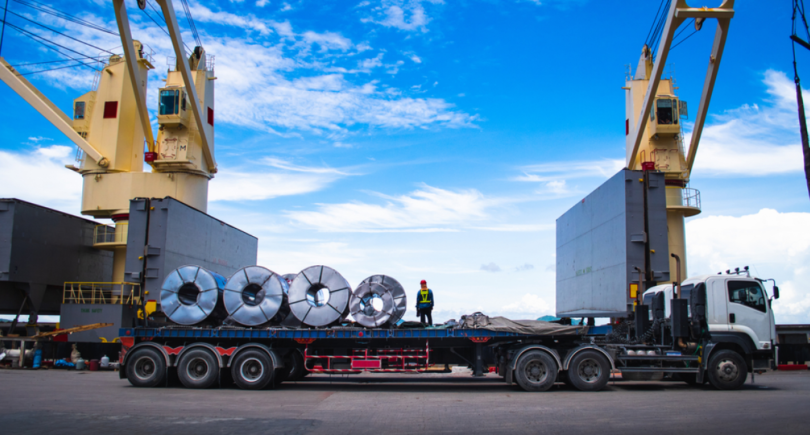
News Global Market protective measures 1244 16 October 2023
The EU and the US are expected to reach a Global Agreement on Sustainable Steel and Aluminum Production this week
The European Union this week will try to prevent the return of tariffs on steel products under Section 232, introduced under the Trump administration, reports S&P Global.
The US-EU summit is expected to reach a Global Agreement on Sustainable Steel and Aluminum Production (GSA), which should lead to a solution to the glut of related imports, several industry sources said.
The GSA initiative reflects the parties’ shared view that transatlantic partners need new common trade policies and measures to address the steel industry’s big issues: non-marketable overcapacity and carbon-intensive emissions.
According to a representative of the European Commission, the EU is committed to finding a final solution to the Section 232 measures and restoring normal and undistorted transatlantic trade in metals, as well as contributing to the decarbonisation of the steel and aluminum sectors.
In October 2021, the US and the EU reached a temporary agreement that replaced Section 232 tariffs with import quotas – the import of 3.3 million tons of European steel per year and 384,000 tons of aluminum. The agreement was effective from January 2022, but it expires at the end of 2023.
In the conditions of the current downturn in the markets, European steel industry is particularly interested in the development of exports. In addition, the EU steel industry is experiencing another wave of blast furnace shutdowns due to low demand.
Market participants say that in order to secure a trade deal with the US, the EU will have to take a tougher stance on carbon-intensive imports from certain countries, and act before CBAM finally comes into force. In particular, the media reported on a planned anti-subsidy investigation into Chinese steel producers. At the same time, Chinese imports account for a small share of the EU market, and industry associations view such trade protection instruments as outdated in the context of global overcapacity.
According to CEIC, steel exports from China to the EU fell by 6.5% y/y in January-July this year – to 2.41 million tons. On an annualized basis, Chinese steel imports currently account for 3% of the block’s 138 million tons of demand, according to S&P Global estimates.
As GMK Center reported earlier, there is no steel agreement between the USA and the EU can return reciprocal tariffs on $10 billion of the parties’ exports unless the suspension of safeguard measures is extended. The deadline for concluding the Global Agreement on Sustainable Steel and Aluminum Production is October 31.




